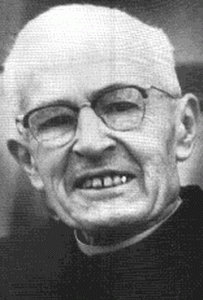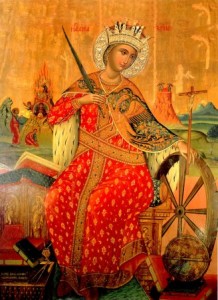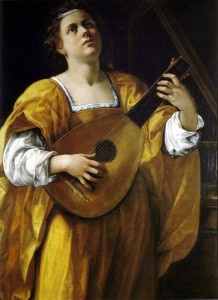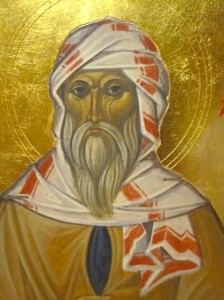 Grant, we pray, O Lord, that we may be helped by the prayers of the Priest Saint John Damascene, so that the true faith, which he excelled in teaching, may always be our light and our strength.
Grant, we pray, O Lord, that we may be helped by the prayers of the Priest Saint John Damascene, so that the true faith, which he excelled in teaching, may always be our light and our strength.
Saint John of Damascus lived when the heresy of Iconoclasm prevailed, a scourge for the Church in the East (that also crept West later) during the eighth and ninth centuries. It was Saint John who fought vigorously against the decrees of Emperor Leo III which outlawed the use of icons by Christians since they were interpreted as idols in the Old Testament.
Saint John argues in his Discourses against those who speak against the icons that man can progress from the knowledge of the senses to knowledge of the Divinity:
Since He is no longer physically present, we hear His words read from books and by hearing our souls are sanctified and filled with blessing, and so we worship, honoring the books from which we hear His words. So also, through the painting of images, we are able to contemplate the likeness of His bodily form, His miracles, and His passion, and thus are sanctified, blessed, and filled with joy. Reverently we honor and worship His bodily form, and by contemplating His bodily form, we form a notion, as far as is possible for us, of the glory of His divinity. Since we are fashioned of both soul and body…it is impossible for us to think without using physical images. Just as we physically listen to perceptible words in order to understand spiritual things, so also by using bodily sight we reach.
One of the gifts Pope Benedict XVI gave the Church was his weekly teachings on the Church Fathers. He explored the richness of the life and teachings of various Fathers of the Church. Saint John of Damascus is known to be “among the first to distinguish in the cult, both public and private, of the Christians, between worship (latreia) and veneration (proskynesis).” This distinction has been in use ever since.
The Damascene taught, more precisely, he distinguished, that our worship is due to God alone, while veneration, a lesser form of honor, but not worship, was to be given to Mary, the Mother of God, and to the saints. The Damascene, hence, taught that icons could be venerated because they were images of Christ (and the Theotokos and the saints) which called to mind and taught about the invisible God who loved humanity and entered in human history.
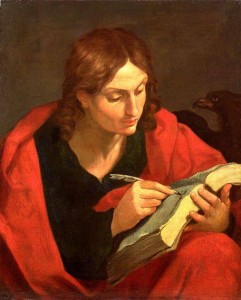
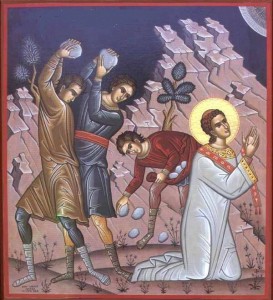
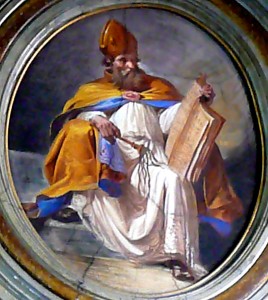
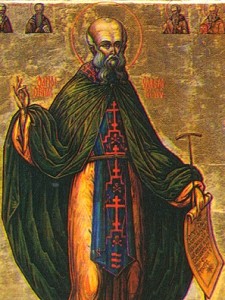

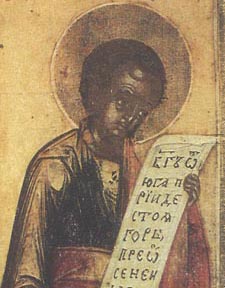 e Catholic Church honors the Old Testament prophets on canon of saints, they’re listed in the Martyrologium Romanum. Today, the Church liturgical recalls
e Catholic Church honors the Old Testament prophets on canon of saints, they’re listed in the Martyrologium Romanum. Today, the Church liturgical recalls 